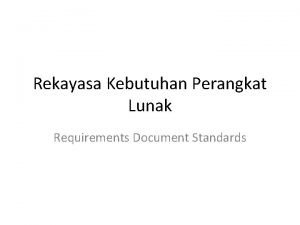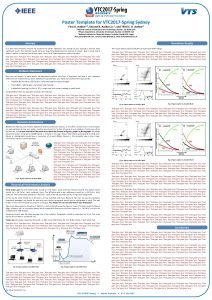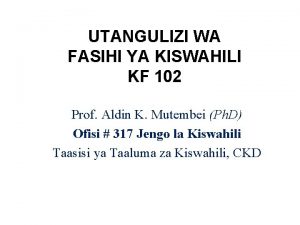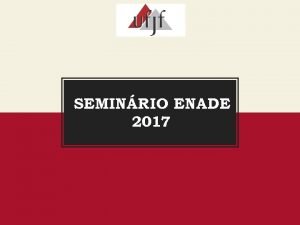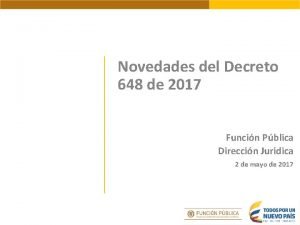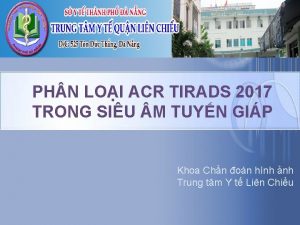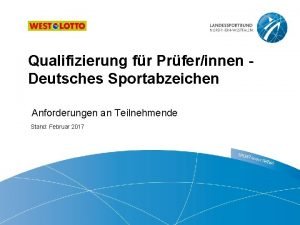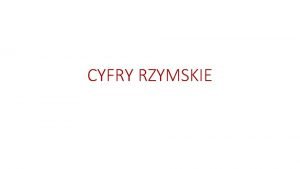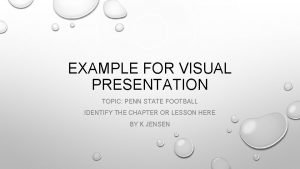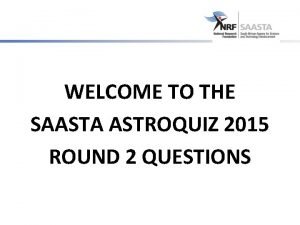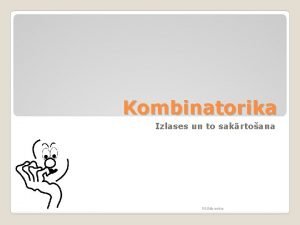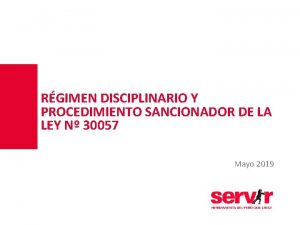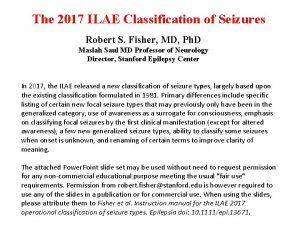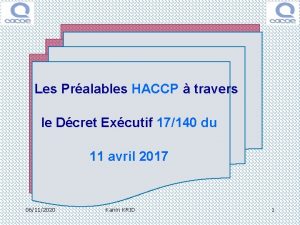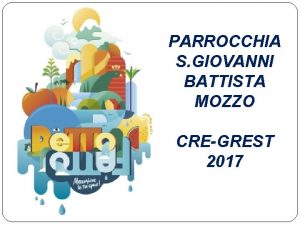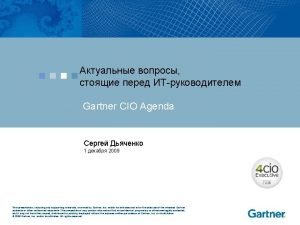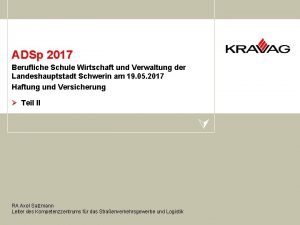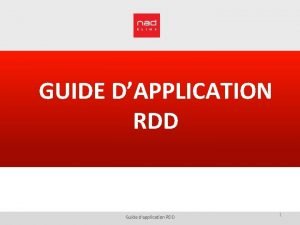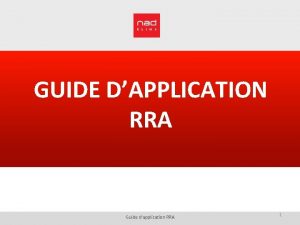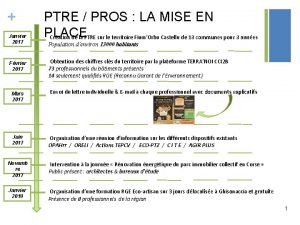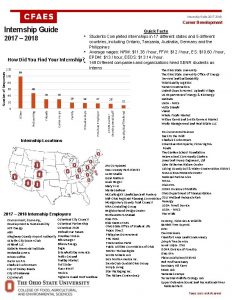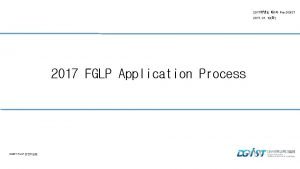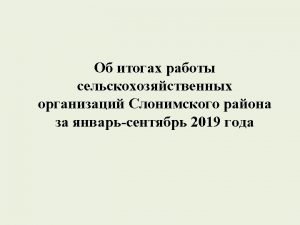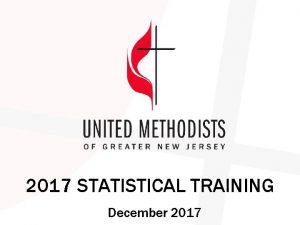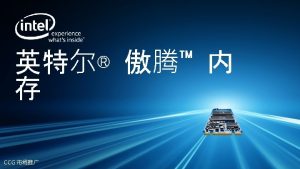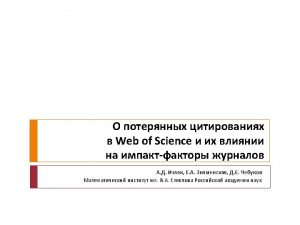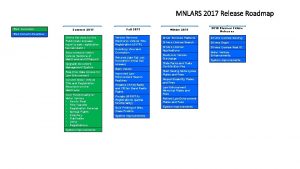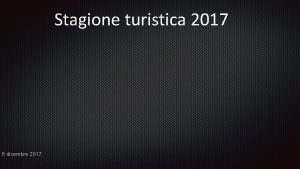IEEE C 62 92 6 2017 IEEE Guide




























- Slides: 28

IEEE C 62. 92. 6 -2017 IEEE Guide for Application of Neutral Grounding in Electrical Utility Systems, Part VI - Systems Supplied by Current-Regulated Sources NY DPS ITWG Meeting, Albany, NY August 29, 2018 Tom Short, tshort@epri. com © 2018 Electric Power Research Institute, Inc. All rights reserved.

IEEE C 62. 92 Series: IEEE Guide for Application of Neutral Grounding in Electrical Utility Systems § C 62. 92. 1 – Introduction and definitions § C 62. 92. 2 – Synchronous generator systems § C 62. 92. 3 – Generator auxiliary systems § C 62. 92. 4 – Distribution systems § C 62. 92. 5 – Transmission and sub-transmission systems § C 62. 92. 6 – Systems supplied by current-regulated sources Developed by WG 3. 5. 7 (Neutral Grounding) of IEEE Surge Protective Devices Committee 2 © 2018 Electric Power Research Institute, Inc. All rights reserved.

Resources § IEEE C 62. 92. 6 -2017, IEEE Guide for Application of Neutral Grounding in Electrical Utility Systems, Part VI - Systems Supplied by Current-Regulated Sources. § IEEE PES-TR 21, System Neutral Grounding Considerations for Inverter-Interfaced Distributed Energy Resources, prepared by the Surge Protective Devices Committee, High-Voltage Subcommittee, Working Group 3. 5. 7 – Neutral Grounding, Dec. 2016. – http: //resourcecenter. ieee-pes. org/pes/product/technical-publications/PESTRPDFMRH 0021 3 © 2018 Electric Power Research Institute, Inc. All rights reserved.

Scope of C 62. 92. 6 § “…provides definitions and considerations related to system grounding where the dominant sources of system energization are current-regulated or power-regulated power conversion devices. ” 4 © 2018 Electric Power Research Institute, Inc. All rights reserved.

5 July 2018, NY SIR Screen D: Is the Line and Grounding Configuration Compatible with the Interconnection Type? 1. Identify primary distribution line configuration that will serve the distributed generation or energy storage. Based on the DER interconnection and using the table below, determine compatibility with the electric power service, including, phase balance, line and grounding configuration. The following table shall be used to determine risk for ineffective grounding. 2. Based on aggregate DER on the feeder, is phase balancing maintained within utility limits? 5 © 2018 Electric Power Research Institute, Inc. All rights reserved.

DER Unintended Island Scenario 6 © 2018 Electric Power Research Institute, Inc. All rights reserved.

Classic Ground Fault Analysis 1 p. u. B C N 1 p. u. Phase A faulted to ground 7 A © 2018 Electric Power Research Institute, Inc. All rights reserved. 1. 73 p. u.

Key Assumptions for a Constant Voltage Source § Sources are constant voltage behind a small impedance § Ignore loads (high impedance compared to the source) § Ungrounded source maintains its phase-to-phase voltage 8 © 2018 Electric Power Research Institute, Inc. All rights reserved.

Example Island with a Rotating Machine 9 © 2018 Electric Power Research Institute, Inc. All rights reserved.

Characteristics of Current Sources 10 © 2018 Electric Power Research Institute, Inc. All rights reserved.

11 © 2018 Electric Power Research Institute, Inc. All rights reserved.

Line-to-Ground Loads 12 © 2018 Electric Power Research Institute, Inc. All rights reserved.

Line-to-Ground Fault 13 © 2018 Electric Power Research Institute, Inc. All rights reserved.

DER Current Source with a Ground Fault Line-to-Ground Loads 14 © 2018 Electric Power Research Institute, Inc. All rights reserved.

DER Current Source with a Ground Fault Line-to-Line Loads 15 © 2018 Electric Power Research Institute, Inc. All rights reserved.

DER Current Source with a Ground Fault Line-to-Line Loads 16 © 2018 Electric Power Research Institute, Inc. All rights reserved.

Ground Fault Sequence Network 17 © 2018 Electric Power Research Institute, Inc. All rights reserved.

Ground Fault Sequence Network with grounding transformer 18 © 2018 Electric Power Research Institute, Inc. All rights reserved.

Percentage of Grounded-Wye Load Generation/Load = 1. 0 Inverter Z 2 = 0. 1 + j 1. 0 GFOV is a more significant issue on feeders that serve predominately commercial/industrial load. Much C&I load is typically grounded: 277 V lighting 19 © 2018 Electric Power Research Institute, Inc. All rights reserved.

Generation/Load and Z 2 Load pf = 1. 0 All loads grounded-wye Max. unfaulted phase voltage is not much higher than the voltage that would result from islanding with no fault. 20 © 2018 Electric Power Research Institute, Inc. All rights reserved.

Effectiveness of Supplemental Grounds ZGT = 0. 15 + j 0. 6 p. u. Inverter Z 2 = Supplemental grounds could be a grounding transformer or a grounded-wye/delta DER transformer. Ground source does not significantly reduce GFOV, and can actually make it worse. 21 © 2018 Electric Power Research Institute, Inc. All rights reserved.

Ground Fault Overvoltage Magnitudes § Preceding analytic results are somewhat idealized § Actual GFOV will have transient and non-fundamental components with complex waveshapes § Tests performed by NREL and EPRI on actual inverters tend to generally confirm these analytic results 22 © 2018 Electric Power Research Institute, Inc. All rights reserved.

Exceptional Conditions § High generation/load ratios load rejection overvoltage § Predominately (> 66%) delta loads – Only a small GT (Z 3 p. u. ) needed even if 100% delta load § Loads with very large phase imbalance 23 © 2018 Electric Power Research Institute, Inc. All rights reserved.

Exceptional Conditions (cont’d) § Zero-sequence isolation of fault location from loads – DER islanded with a ground fault on the transmission side – Load + current source creates a voltage source 24 © 2018 Electric Power Research Institute, Inc. All rights reserved.

Supplemental Ground Sources § Provides no benefit for reducing overvoltages during ground faults unless the island is dominated by line-to-line load 25 © 2018 Electric Power Research Institute, Inc. All rights reserved.

Drawbacks of Supplemental Ground Sources § Desensitize utility ground fault detection § Subject to overload due to system imbalance § Maintain energization of opened phases 26 © 2018 Electric Power Research Institute, Inc. All rights reserved.

Example of an Overvoltage with an Open Phase Overvoltage = 1. 22 pu 27 © 2018 Electric Power Research Institute, Inc. All rights reserved.

Using this Guide for NY State Interconnection Practices Future Considerations § The IEEE guide identifies inverter grounding considerations however there is not a defined procedure § Develop method for applying to specific inverter connections and grounding at a POC § Consider software tools to support inverter grounding analysis § Define sizing method for grounding transformers and withstand criteria 28 © 2018 Electric Power Research Institute, Inc. All rights reserved.
 Assumptions and dependencies example
Assumptions and dependencies example Cpea results 2012 grenada
Cpea results 2012 grenada Sydney vtc
Sydney vtc Fasihi katika mifumo mbalimbali
Fasihi katika mifumo mbalimbali Enade 2017
Enade 2017 648
648 Tirads acr 2017
Tirads acr 2017 2017 pearson education inc
2017 pearson education inc Lebah jantan 2017
Lebah jantan 2017 Sportabzeichen anforderungen 2017
Sportabzeichen anforderungen 2017 Liczby rzymskie 2000
Liczby rzymskie 2000 Fyss 2017
Fyss 2017 Do no. 36, s. 2016
Do no. 36, s. 2016 Penn state football parking map 2017
Penn state football parking map 2017 Accent 2017 model
Accent 2017 model Astro quiz 2019 round 2 answers
Astro quiz 2019 round 2 answers Saasta astro quiz 2015 questions and answers
Saasta astro quiz 2015 questions and answers Forrester wave predictive analytics 2016
Forrester wave predictive analytics 2016 Dm 910 del 2017
Dm 910 del 2017 Reizināšanas likums i
Reizināšanas likums i Smx advanced 2017 slides
Smx advanced 2017 slides Informe técnico 354-2019-servir/gpgsc
Informe técnico 354-2019-servir/gpgsc Epilepsy ilae 2017
Epilepsy ilae 2017 Excutif
Excutif Cre grest 2017
Cre grest 2017 Open source summit japan
Open source summit japan Gartner peer forum 2017
Gartner peer forum 2017 Skolelederkonferansen 2017
Skolelederkonferansen 2017 Haftungsübersicht adsp 2017
Haftungsübersicht adsp 2017
